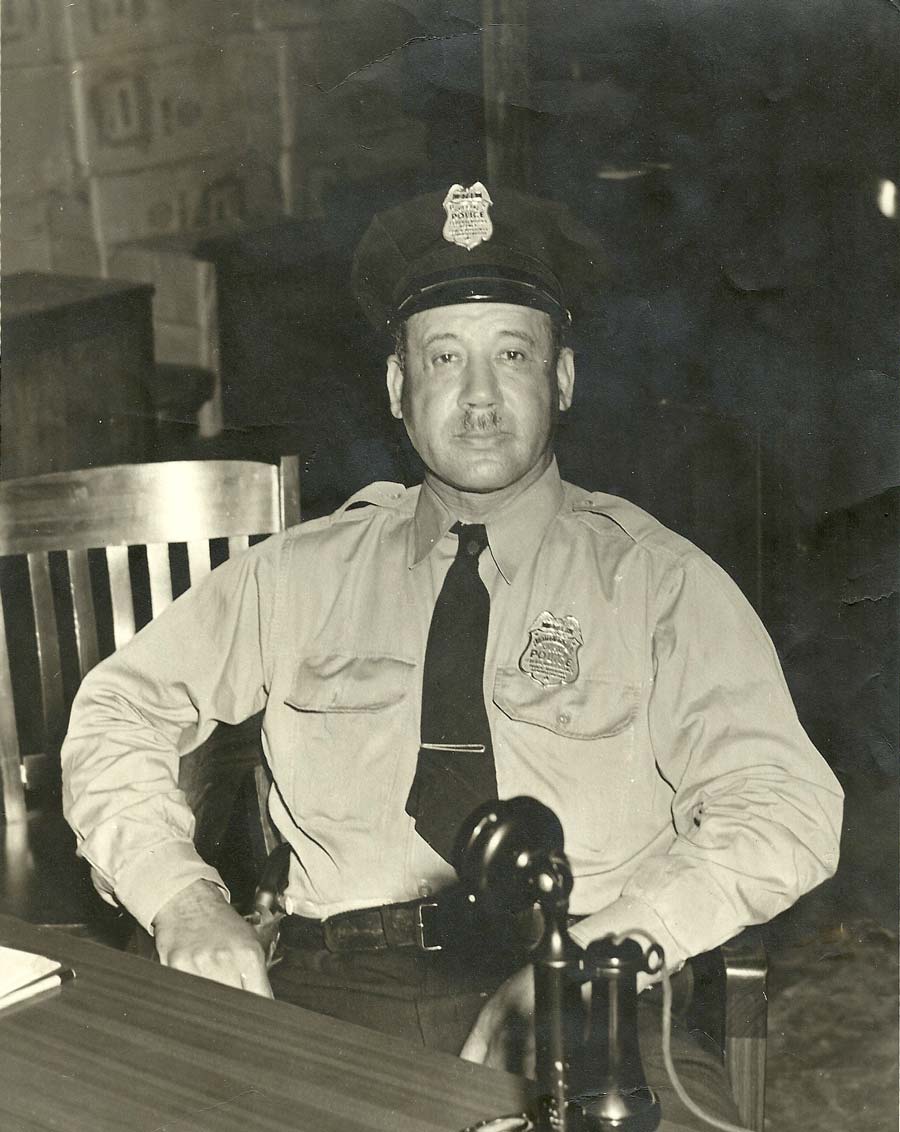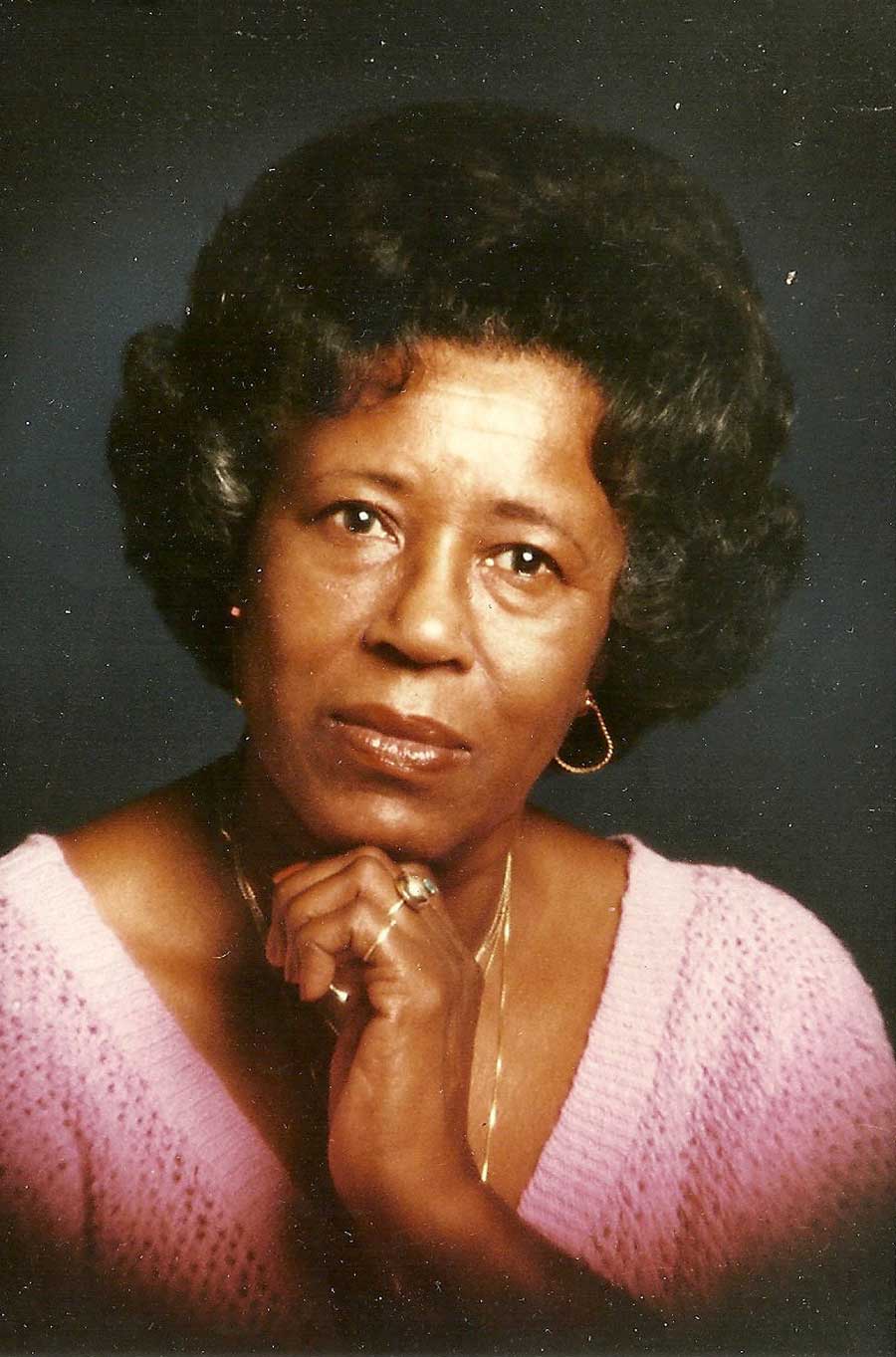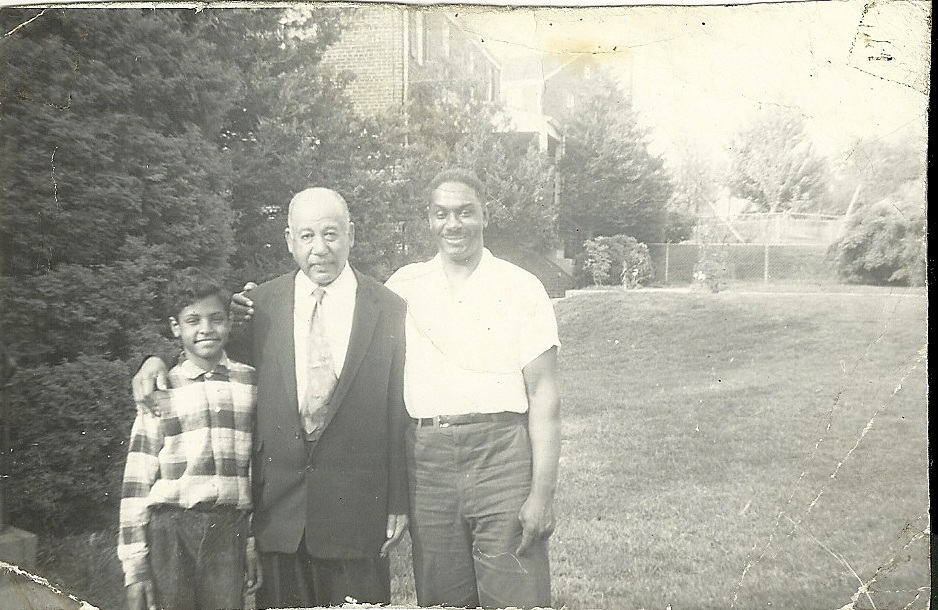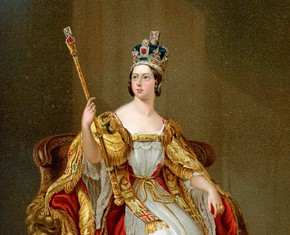The views expressed in our content reflect individual perspectives and do not represent the authoritative views of the Baha'i Faith.
Baha’u’llah once compared the coloured people to the black pupil of the eye surrounded by the white. In this black pupil you see the reflection of that which is before it, and through it the light of the Spirit shines forth. – Abdu’l-Baha, Abdu’l-Baha in London
During Abdu’l-Baha’s ministry, at least 29 African Americans are known to have embraced the Baha’i Faith as their chosen religion, although there were probably more. Space doesn’t permit a listing of their names here; but in 1910 in Washington, DC, Alan A. Anderson became a Baha’i. He was the third African American to embrace the Faith in Washington, DC, after Louis G. Gregory, a Howard University Law School graduate and attorney (1909) and Pocahontas Pope (1906). Gregory and Anderson were close friends.

A Pullman car porter, Anderson accompanied Abdu’l-Baha on the Pennsylvania Railroad when it arrived on Saturday, April 20th, 1912, at Union Station. On his “Baha’i Historical Record” card, filled out in 1935, Anderson wrote that in 1912, Abdu’l-Baha had received him in the home of Agnes Parsons, where Abdu’l-Baha was a guest. It was then that Abdu’l-Baha gave Mr. Anderson’s baby daughter a special name: Mobarak. The infant was just 23 days old.
The following is an account of Abdu’l-Baha naming Alan’s daughter, who, along with her African-American mother, presented their two-week-old infant girl to “the Master” in April 1912 in Washington, DC, in the home of Agnes Parsons, a wealthy white Baha’i socialite:
“Everyone there was gathered in the sun parlor which was beautifully decorated with an abundance of plants, caged birds, and elaborate furnishings. A number of the area’s wealthiest people were present. A hush fell over the room as Abdul-Baha entered, dressed in a flowing garment, sandals and a white turban on his head. All those present stood and broke into song. As “Joy to the World, the Lord has Come” filled the room, I wondered how he would know which baby would be named as there were a number of children seeking his blessing. When all was quiet, Abdul-Baha walked toward me, took my tiny daughter in his arms, cuddling her close. He kissed her, blessed her, and named her in his native tongue.” – Mobarak.
Years later, the child [Mobarak Anderson], born just a month before the visit, remarked:
“I am fully aware of the Great Blessing bestowed upon me. This again shows the great love of Abdu’l-Baha for all of mankind. I was a black child, a baby of no distinction, that this great man took time from His busy programs to name.” – Courtesy of Lex Musta, 2012 DC Baha’i Tour.
Born on March 30, 1912, Mobarak Anderson remained a faithful Baha’i throughout her life. She passed away on July 12, 1995.
Abdu’l-Baha revealed a tablet (special letter) for Mobarak’s father, Alan A. Anderson, Sr.:
O thou who hast an illumined heart! Thou art even as the pupil of the eye, the very wellspring of the light, for God’s love hath cast its rays upon thine inmost being and thou hast turned thy face toward the Kingdom of thy Lord.
Intense is the hatred, in America, between black and white, but my hope is that the power of the Kingdom will bind these two in friendship, and serve them as a healing balm.
Let them look not upon a man’s color but upon his heart. If the heart be filled with light, that man is nigh unto the threshold of his Lord; but if not, that man is careless of his Lord, be he white or be he black.
Here, in contrast to prevailing social habits in Jim Crow America, Abdu’l-Baha emphasizes character over characteristics. He said that one should not focus on another’s extrinsic racial characteristics (“color”), but rather on that person’s intrinsic character (“heart”) as a determinant of moral worth.

In the original Persian text, “pupil of the eye,” (mardumak chashm), literally means “small person of the eye” or “people-like [part] of the eye.” When read as a whole, Abdu’l-Baha says that physical “color” (rang) is not important, but the “heart” (qalb) matters—“If the heart be filled with light, that man is nigh unto the threshold of his Lord.”
Alan A. Anderson has not left any record of his thoughts to posterity—yet history will remember him as one of devoted disciples of Abdu’l-Baha. On August 16, 1959, Mr. Anderson passed away in Spotsylvania, VA.
The “pupil of the eye” was a potent, transformative metaphor. Iconoclastic, this image shattered all racial stereotypes of the Jim Crow era.
At a time when race prejudice against “Negroes” pervaded American society — along with a constellation of stereotypical social tropes, all negative and degrading, calculated to keep African Americans in their inferior social place in society by reinforcing the belief that “colored” people were inherently inferior — the “pupil of the eye” metaphor offered respect, dignity and purpose to African Americans who, by virtue of the wrong they had suffered from slavery to the present day, were more alive to the need for equity and equality.
Comparing African Americans to the “pupil of the eye” of the rest of humankind suggests that their unique historical experience of hardship and suffering had endowed them, collectively, with insights into the human condition that many whites failed to see.
The Baha’i message of interracial harmony goes far in promoting ideal race relations. First comes the goal of bridging the racial divide. Next comes the hard part: the chasm is wide and deep. But true friendship builds bridges that narrow the divide. Even today, Baha’is across America engage in a process of “community-building,” raising diverse, yet vibrant and unified social networks that transcend race and color. Together, people of all backgrounds build communities of friendship that value the diversity, enrichment and contributions of those members metaphorically ennobled by Abdu’l-Baha as the “pupil of the eye.”
You May Also Like
Comments

















Thanks again for this account of people "hiding in plain sight."
Your work continues to be such a Blessing!
Is anyone planning on writing about the Sadie and Bertha Oglesby Pilgrimage in 1927?
though I wish it had never happened,
giving African-Americans clearer
vision than most of us about some
things!